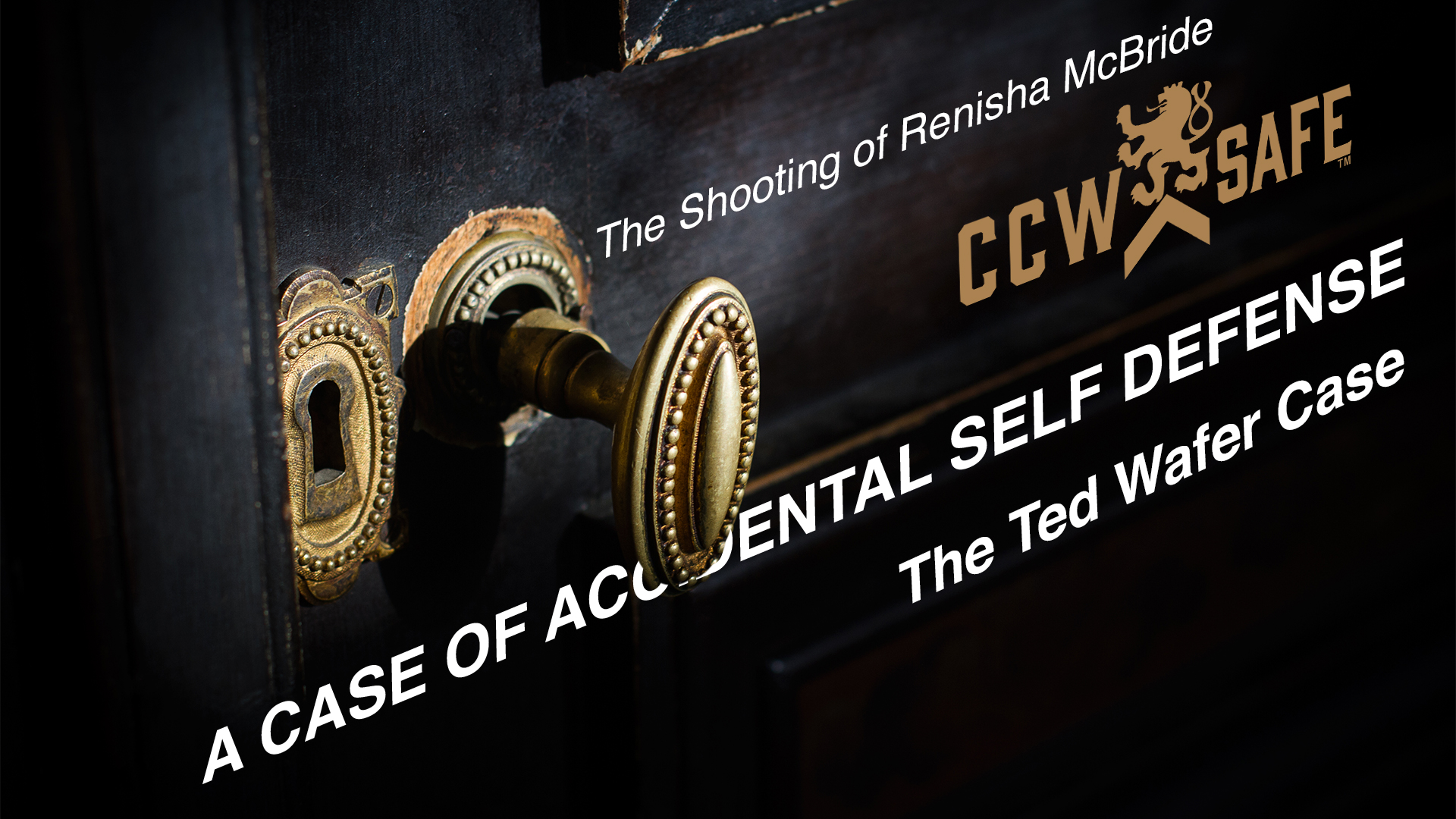
Posted on April 19, 2018
The Accidental Case of Self Defense- The Shooting of Renisha McBride-Location
The Shooting of Renisha McBride
A case of ‘accidental self-defense’
Part 2: The Impact of Location on the Ted Wafer Trial
Ted Wafer shot Renisha McBride on the porch of his house in the Dearborn Heights suburb of Detroit, Michigan. McBride — who was highly intoxicated and potentially suffering from an injury obtained in a single-car accident hours earlier — woke Wafer at quarter to four in the morning with loud banging on the side and front doors of his home. He thought it was more than one person. At trial, he testified, “This was unbelievable. I still can’t wrap my head around it that a woman would be making these sounds.”
Wafer saw a “shadowy figure” through the peephole in his front door, and when he couldn’t immediately find his cell phone, he decided to confront the person who he believed was trying to break into his house. He grabbed his pistol-grip Mossberg shotgun and opened the front door. McBride was on the other side of a locked screen door, and Wafer claimed that she tried to push through the screen when the fatal shot was fired.
The way the defense team saw things, Wafer shot an intruder as she was trying to break-in to his home. The way the prosecution looked at it, Wafer was inside his house and shot McBride through a locked screen door while she stood on his porch looking for help.
Technically, the porch is considered part of the home when it comes to self-defense. Don West, National trial counsel for CCW Safe and veteran criminal defense lawyer, says the legal term for the area immediately surrounding or attached to your home is “curtilage,” and that the protections offered by the Castle Doctrine should be the same whether someone is standing on his front porch or standing in his living room.
The difference between Wafer’s porch and his living room, however, is that it was impossible for McBride to “break-in” to the porch; it was wide open to the street. This distinction became important at trial because the prosecutors argued there was no evidence McBride tried to break into Wafer’s house. Michigan statutes have protections for people who use deadly force when an intruder “is in the process of breaking and entering a dwelling or business premises or committing home invasion.” Prosecutors successfully argued to keep this language out of the jury instructions, and it undoubtedly had an impact on deliberations.
The issue, in fact, was raised to the Michigan Supreme Court which ruled — nearly four years after Wafer’s guilty verdict — that the trial court “did not abuse its discretion when it determined that the evidence did not support the assertion that McBride was actually in the process of breaking and entering when the shooting occurred.”
Had the shooting occurred on the inside of the threshold, the evidence of a break-in would have been clear. In that case, a jury might have heard this instruction and agreed with the defense lawyers, and Wafer might be a free man. The lesson for the concealed carrier is that, while the law considers your home your “castle” — including the the curtilage — not all parts of your home may be considered equal in the eyes of a jury.
In our next installment of The Four Elements of Self-Defense we’ll explore how Wafer’s actions escalated the danger of the situation, and how that factored into the prosecution.

Shawn Vincent- Litigation Consultant
Shawn Vincent is a litigation consultant who helps select juries in self-defense cases, and he manages public interest of high-profile legal matters. If you have any questions for Shawn, or would like more articles like this, let us know below!